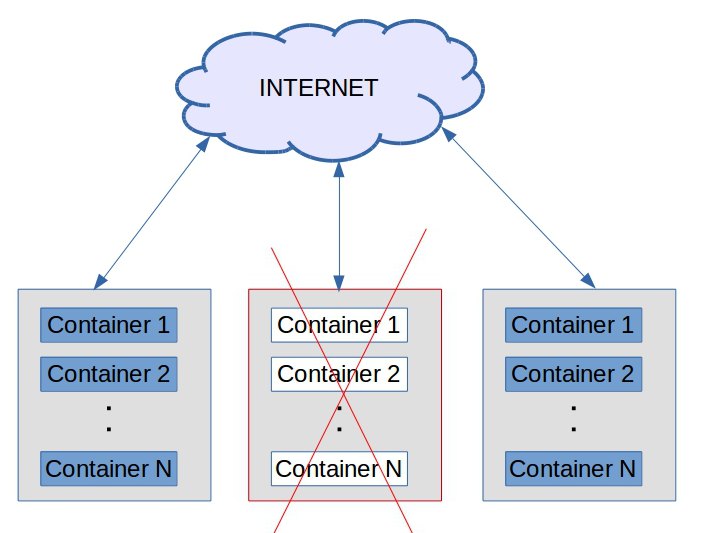In an ideal world, where nothing ever goes wrong, high availability is a topic that never matters. But sadly, the real world scenario is way too different from this ideal situation.
Service failures and machine crashes can happen in the most unexpected times. Such catastrophic events may often lead to business downtime and customer loss.
What is High Availability?
Disasters cannot be prevented. Customers do not rely on websites that crash often. For any online business, uptime is thus a crucial aspect for success.
Taking measures to ensure uptime is therefore indispensable for businesses. Many online businesses adopt ‘High Availability’ (HA) solutions to accomplish this.
An HA system consists of a cluster of machines that work as a single unit and performs fail over from one cluster to another, in case of a downtime or crash in one cluster.
Why is High availability critical for your Docker system?
Docker systems find their application in both development and hosting environments. Containers can run applications or services in them, based on the requirements.
Setting up and maintaining a HA system is not an easy task. Many service providers who run Docker containers in their production, tend to overlook the need to have an HA setup.
Here, we’ll see the benefits your Docker system would gain by implementing a High Availability setup.
1. Uninterrupted service
In a Docker system, scheduled backups and other maintenance tasks would have to be performed often. During such scenarios, there are chances of service interruption.
A Docker container that crashes due to high traffic or resource abuse can render a downtime for the service or application running on it and affect the customers using it.
Having a Docker High Availability setup in place, is crucial to ensure that the applications and services are accessible to the users without any interruption.

When one Docker node fails, other nodes can ensure uninterrupted service
2. Business continuity
Every business needs to have a plan to ensure its sustainability, by identifying the risks, threats, vulnerabilities and opportunities for improvement.
Disasters may strike in several ways, such as an OS corruption or drive failure. Returning to normal mode in no time, is vital for a business to strive after a disaster.
When a high availability system is implemented in Docker, even if there is a failure in one node, the other node will take up its role quickly, thus ensuring business continuity.
3. Load balancing
At times, when there is high traffic, a single Docker container may not be able to handle it. If the traffic is not efficiently diverted or handled, it can lead to interruption in service.
That’s where a load balancer comes to play. A load balancer in the system helps to divide the web traffic among application nodes that have the same content.
By integrating a load balancer in the high availability system, it is possible to ensure seamless web traffic to the applications in the Docker containers for the customers.









Very useful information.